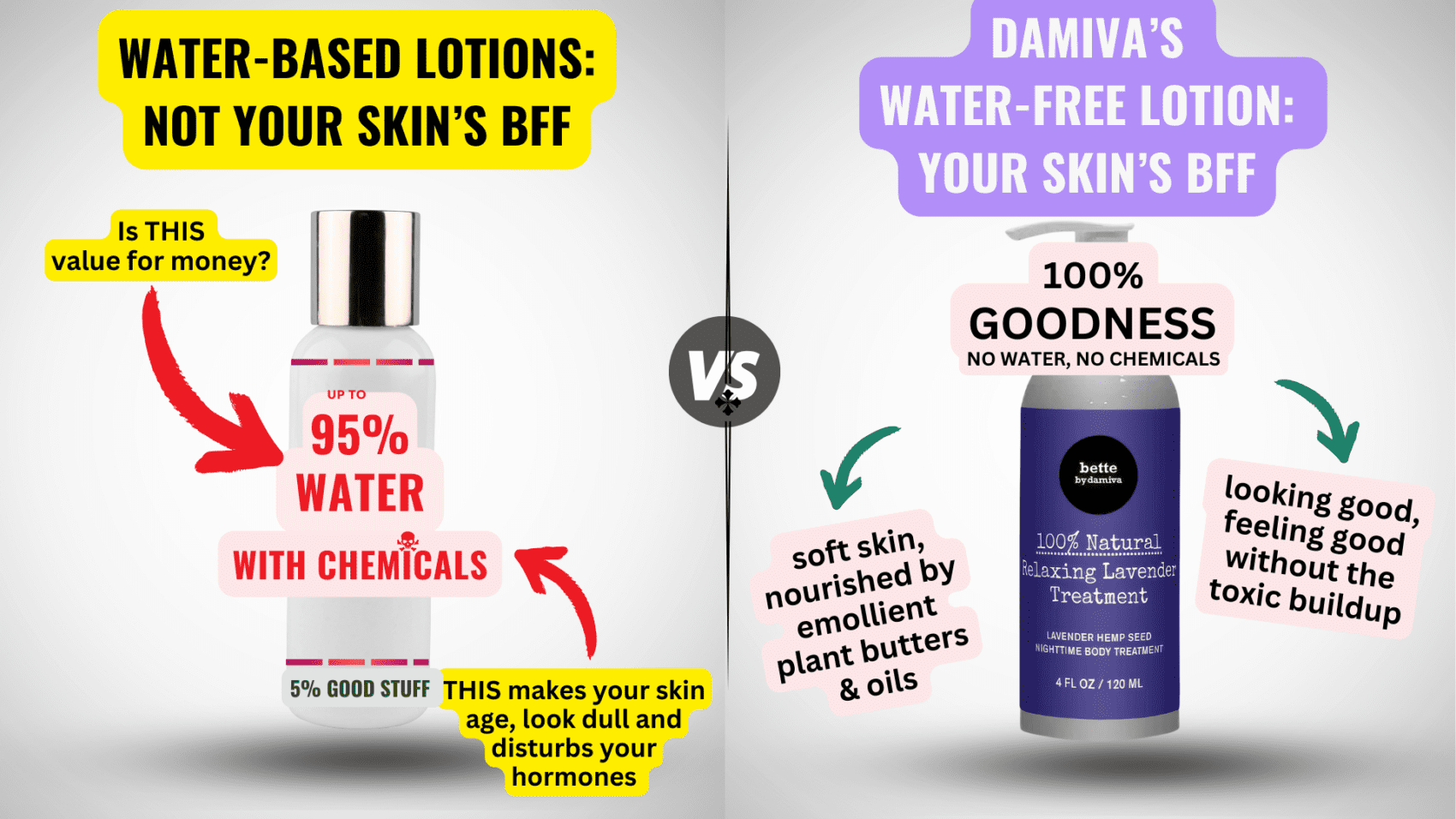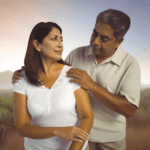Defining Human Papillomavirus (HPV)
Human Papillomavirus (HPV) is a group of more than 200 related viruses, of which more than 40 are spread through direct sexual contact. Among these, certain types are classified as high-risk due to their association with various forms of cancer, including cervical, anal, and oropharyngeal cancers. HPV is recognized as the most common sexually transmitted infection globally, with a significant majority of sexually active individuals acquiring it at some point in their lives.
HPV Prevalence and Transmission
HPV is highly prevalent worldwide, with most infections occurring in individuals shortly after the onset of sexual activity. Transmission of HPV can occur through intimate skin-to-skin contact, which includes vaginal, anal, and oral sex. While the body’s immune system typically clears the virus naturally within two years, persistent infection with high-risk HPV types can lead to the development of precancerous lesions and, if undetected and untreated, progress to cancer.
The Intersection of HPV and Menopause
Menopause, the natural decline in reproductive hormones when a woman reaches her 40s or 50s, brings about changes that may affect the natural history of HPV infection. The hormonal changes associated with menopause can influence the immune system’s ability to clear HPV, potentially leading to reactivation of latent infections or persistence of active infections. This intersection raises considerations for screening and vaccination strategies in the menopausal population, as well as the need for a deeper understanding of the interplay between hormonal changes and HPV pathogenesis.
Understanding HPV Infection and Its Symptoms
Types of HPV and Associated Health Risks
Human Papillomavirus (HPV) encompasses over 100 different types, with approximately 40 known to infect the genital areas. These types are broadly categorized into low-risk and high-risk HPV. Low-risk types can lead to genital warts or may be completely harmless, while high-risk types are associated with an increased risk of various cancers, including cervical, vaginal, vulvar, penile, anal, and oropharyngeal cancers. The most notorious high-risk HPV types are 16 and 18, which are responsible for a significant majority of cervical cancer cases.
Symptoms of HPV in Different Populations
HPV symptoms can vary widely among different populations. For many, the infection presents no noticeable symptoms and goes undetected without screening. When symptoms do occur, they may include genital warts, which are typically associated with low-risk HPV types 6 and 11. High-risk HPV types may lead to precancerous changes in the cervix, detectable only through screening tests like Pap smears. It is important to note that symptoms can manifest differently across genders and age groups, with some populations, such as immunocompromised individuals, being more susceptible to severe outcomes.
The Asymptomatic Nature of HPV
A significant aspect of HPV is its asymptomatic nature. Many individuals infected with HPV may never exhibit any signs or symptoms, and the virus can often go undetected unless identified through screening. This silent progression is particularly concerning because individuals can transmit the virus to others without being aware of their own infection. Moreover, the immune system clears 70% to 90% of HPV infections within a few years, making the virus undetectable and contributing further to its covert nature. However, in cases where the virus persists, it can lead to serious health risks, emphasizing the importance of regular screening and awareness of this pervasive infection.

From unhappy, dry, and sandpaper to silky, smooth and feeling good. That’s Cleo. Cleo is a 100% natural labial balm to moisture and soothe “your other lips”. Cleo is chemical-free, water-free, pH optimized and helps maintain and restore your delicate labial skin’s natural flora. Ideal for daily use or as needed. Get the most silky, lovable lips ever.
HPV Detection and Diagnosis
Screening Tests for HPV
Screening for Human Papillomavirus (HPV) is a critical step in the early detection and prevention of cervical cancer and other HPV-related conditions. The primary screening tests include the Pap test (or Pap smear) and the HPV DNA test. The Pap test involves collecting cells from the cervix to look for abnormalities that may indicate the presence of precancerous or cancerous changes. The HPV DNA test, on the other hand, detects the genetic material of the virus, identifying high-risk HPV types that are most likely to cause cervical cancer.
Co-testing, which combines both the Pap test and the HPV DNA test, is sometimes recommended for a more comprehensive screening. This dual approach increases the likelihood of detecting any abnormalities at an early stage. For women over 30, co-testing is often preferred, as it can extend the interval between screenings if both tests are negative.
Diagnosis of HPV-Related Conditions
When a screening test indicates the presence of abnormal cervical cells or high-risk HPV, further diagnostic procedures are employed. A colposcopy, which is a visual examination of the cervix using a magnifying instrument, may be performed to inspect for abnormalities. If suspicious areas are identified during colposcopy, a biopsy may be taken to provide a definitive diagnosis.
For women with atypical squamous cells of undetermined significance (ASC-US) on their Pap test, an HPV test is often recommended to determine the necessity of further diagnostic procedures. In postmenopausal women, the use of local estrogen therapy before a repeat Pap test or colposcopy can improve the accuracy of these diagnostic tools by enhancing the visibility of the cervical transformation zone.
Challenges in HPV Detection
Despite the availability of screening tests, there are several challenges in HPV detection. One significant challenge is the asymptomatic nature of most HPV infections, which can go undetected without regular screening. Additionally, physiological changes after menopause can make it more difficult to obtain adequate cervical cell samples for a Pap test, potentially leading to less effective screening in older women.
Another issue is the potential for false positives, particularly with the HPV DNA test, which can lead to unnecessary anxiety and additional testing. Moreover, the interpretation of test results can be complicated by the transient nature of most HPV infections, as the immune system clears the majority of infections within a couple of years, making it difficult to distinguish between new and persistent infections.
Finally, there is a debate about the age at which to stop routine screening. While the risk of new HPV infections decreases with age, the possibility of reactivation of a latent infection around the time of menopause suggests that continued vigilance may be necessary, especially for women who have not been regularly screened in the past.
Overall, while screening and diagnostic tools for HPV are effective, continuous efforts to refine and improve these methods are essential to overcome the challenges and ensure early detection and treatment of HPV-related conditions.

THEN IT CONTAINS TOXIC CHEMICALS. WHY RISK IT GETTING SICK? GO CHEMICAL FREE.
HPV’s Link to Cervical and Other Cancers
HPV as a Causative Agent in Cervical Cancer
Human papillomavirus (HPV) is recognized as the primary etiological agent in the development of cervical cancer. Persistent infection with high-risk HPV types, particularly HPV 16 and 18, is a critical factor in the transformation of normal cervical cells into cancerous cells. While most HPV infections are transient and cleared by the immune system, persistent infections can lead to the formation of precancerous lesions, which may progress to invasive cervical cancer if left untreated.
Cellular Changes Leading to Cancer
The pathogenesis of cervical cancer involves a series of cellular changes initiated by the integration of high-risk HPV DNA into the host genome. The expression of viral oncoproteins E6 and E7 plays a pivotal role in disrupting cell cycle regulation. E6 promotes the degradation of the tumor suppressor protein p53, while E7 inactivates the retinoblastoma protein (pRb), leading to uncontrolled cell proliferation and the accumulation of genetic damage.
HPV-Related Head and Neck Cancers
HPV is also implicated in a subset of head and neck cancers, particularly those arising in the oropharynx. The incidence of HPV-positive oropharyngeal cancers has been increasing, with HPV 16 being the most commonly associated type. These cancers are distinct from HPV-negative head and neck cancers in terms of risk factors, molecular profile, and response to treatment.
Other Genital Cancers Associated with HPV
Beyond cervical cancer, HPV is associated with several other anogenital cancers, including vulvar, vaginal, penile, and anal cancers. High-risk HPV types are found in a significant proportion of these cancers, underscoring the importance of HPV prevention and screening across different populations and genders.
In conclusion, the link between HPV and multiple cancers highlights the need for effective screening programs, HPV vaccination, and public awareness to reduce the burden of HPV-associated malignancies.

Feeling You Have a Right to Safe Beauty & Fem Care?
If so, it may be time for a change. It starts with knowledge. We have a few suggestions in our new guides.
The Impact of Menopause on HPV Infection Dynamics
HPV Prevalence Across Age Groups
The prevalence of Human Papillomavirus (HPV) infection varies significantly across different age groups. Studies have shown that HPV infection rates exhibit a bimodal distribution, with peaks in younger individuals, typically those in their late teens and early twenties, and a second peak in older age groups, particularly in women over the age of 55. This second peak is thought to be influenced by hormonal changes associated with menopause, as well as alterations in sexual behavior and partner dynamics. The prevalence of high-risk HPV types, which are more likely to lead to cervical cancer, also changes with age, with an increased susceptibility after the age of 65.
Menopause-Induced Changes in the Immune System
Menopause brings about significant changes in a woman’s immune system. The decline in estrogen levels that occurs during menopause can affect the immune response, potentially leading to a decreased ability to clear HPV infections. This immunological shift may contribute to the increased prevalence of HPV observed in postmenopausal women. Additionally, the changes in the vaginal microbiome that occur during menopause can create an environment that is more conducive to HPV persistence and reactivation.
Risks of HPV Reactivation During Menopause
There is growing evidence to suggest that latent HPV infections can reactivate during menopause. The hormonal changes that accompany menopause, particularly the decrease in estrogen, may disrupt the equilibrium that keeps HPV in a latent state, leading to reactivation of the virus. Reactivation of HPV during menopause is a concern because it can increase the risk of developing cervical and other HPV-related cancers. This risk is compounded by the fact that the immune system’s efficacy in clearing HPV infections declines with age. As a result, postmenopausal women may experience a prolonged period of high-risk HPV infection, heightening the likelihood of progression to cancer.
In conclusion, the dynamics of HPV infection are significantly impacted by menopause. The age-related increase in HPV prevalence, coupled with the immunological changes that occur during menopause, underscores the importance of continued screening and preventive measures in the menopausal population. Understanding the interplay between HPV and menopause is crucial for developing strategies to mitigate the risks associated with HPV infection in older women.
Screening and Prevention Strategies in the Menopausal Population
Current Screening Recommendations
The current landscape of cervical cancer screening has evolved to integrate the detection of Human Papillomavirus (HPV), the primary causative agent of cervical cancer. For menopausal women, the guidelines suggest that routine screening may be less frequent due to the lower incidence of new HPV infections. However, the cessation of screening is generally recommended only after a history of negative screening results. This is based on the understanding that the risk of a new HPV infection developing into cervical cancer is very low after a series of normal test results. Despite these recommendations, the prevalence of HPV and related cervical lesions in postmenopausal women warrants a nuanced approach to screening in this population.
Debate on Post-Menopausal Screening
The decision to discontinue cervical cancer screening post-menopause is a subject of ongoing debate. Studies indicate that women who have not been regularly screened before menopause are at a higher risk of developing cervical cancer. This risk persists due to the potential reactivation of latent HPV infections as the immune system changes during menopause. Consequently, there is a growing argument for “catch-up” HPV testing for individuals between ages 65 and 69 who haven’t had cervical cancer screening for at least 5 years. The benefits of detecting precancers or early cancers must be carefully weighed against the potential harms, such as overdiagnosis and overtreatment of lesions that may not progress to cancer within a woman’s lifetime.
Vaccination and Preventive Measures
While HPV vaccination is typically targeted at younger populations before sexual debut, there is evidence to suggest that “catch-up” vaccination may be beneficial for some individuals in their late 60s. Vaccination can provide protection against high-risk HPV types not previously encountered. Additionally, preventive measures such as safe sexual practices remain important. For menopausal women, the use of barrier methods can reduce the risk of acquiring new HPV infections. Healthcare providers should encourage continued safe practices and consider the individual’s sexual behavior and history when advising on screening and vaccination.
In conclusion, the approach to HPV screening and prevention in menopausal women must be personalized, taking into account their previous screening history, risk factors, and the potential benefits of continued vigilance against HPV-related diseases. As research evolves, so too may the strategies to protect this population from the risks associated with HPV.
Do you know the three main ways that your body gets in touch with harmful chemicals with everyday products? Knowledge is Power!
The Ultimate Detox Guide will tell you how to lower your exposure to harmful chemicals!

Societal Factors Influencing HPV Risk and Transmission
Impact of the Sexual Revolution on HPV Spread
The sexual revolution of the 1960s and 1970s brought about significant changes in sexual behaviors and attitudes. This period saw a liberalization of sexual norms and an increase in the number of sexual partners, both of which have been linked to the spread of sexually transmitted infections (STIs), including human papillomavirus (HPV). The rise in premarital and extramarital sexual activities, coupled with a lack of widespread HPV awareness and preventive measures at the time, likely contributed to the increased transmission of HPV.
Sexual Behavior and HPV Transmission
HPV is primarily transmitted through sexual contact, making sexual behavior a critical factor in its transmission. Factors such as the age of sexual debut, the number of sexual partners, and the practice of safe sex (e.g., condom use) play significant roles in an individual’s risk of contracting HPV. Studies have shown that individuals with multiple sexual partners are at a higher risk of HPV infection. Moreover, the inconsistent or incorrect use of condoms can also contribute to the risk, as HPV can be transmitted through skin-to-skin contact in areas not covered by condoms.
Implications for Baby Boomer Women
Baby boomer women, who were young adults during the sexual revolution, may have been particularly affected by the changes in sexual norms. As this cohort ages, they face unique challenges related to HPV. Menopause, for instance, brings about physiological changes that can affect the immune system’s ability to suppress latent HPV infections, potentially leading to reactivation. Additionally, the historical lack of HPV screening recommendations for older women means that many baby boomer women may have undiagnosed infections or are unaware of their HPV status. This underscores the importance of considering age-specific strategies for HPV screening and vaccination, even for populations that may not have been the initial focus of such preventive measures.










